Celeste Ng, Little Fires Everywhere, Everything I Never Told You, and Our Missing Hearts is a New York Times bestselling sensation. She sat down with She Reads to share her favorite books and her selection just might surprise you.
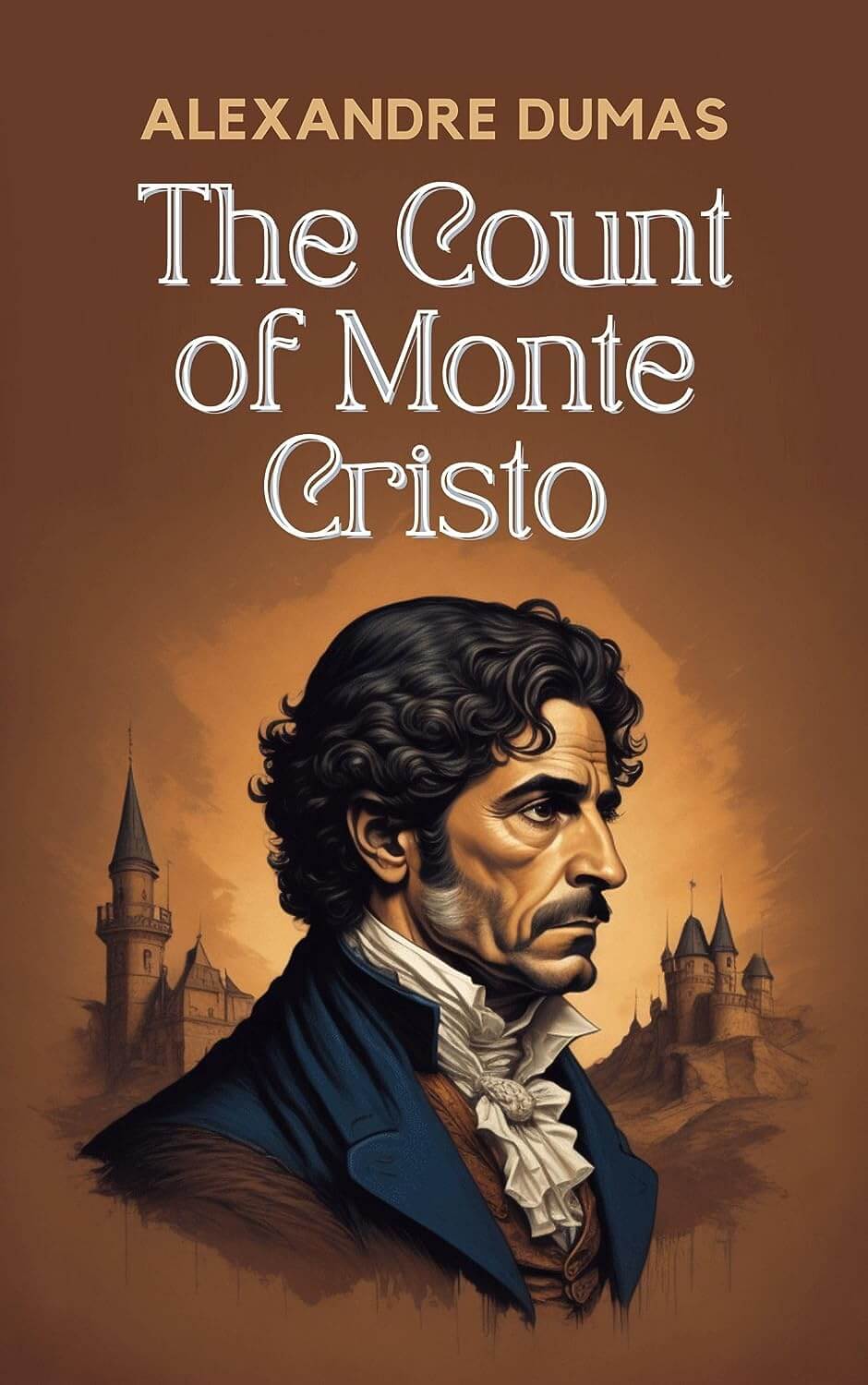
The Count of Monte Cristo by Alexandre Dumas
Fueled by a desire for retribution and empowered by a stroke of providence after falling victim to social injustice, Edmond Dantes, self-proclaimed Count of Monte Cristo, becomes an anonymous agent of fate. The sensational narrative – which moves at a cracking pace – provides intrigue, betrayal, escape, and triumphant revenge.
“Right now, I see it as an exploration of the complexities of good and evil and how easily one shifts into the other.” – Celeste Ng
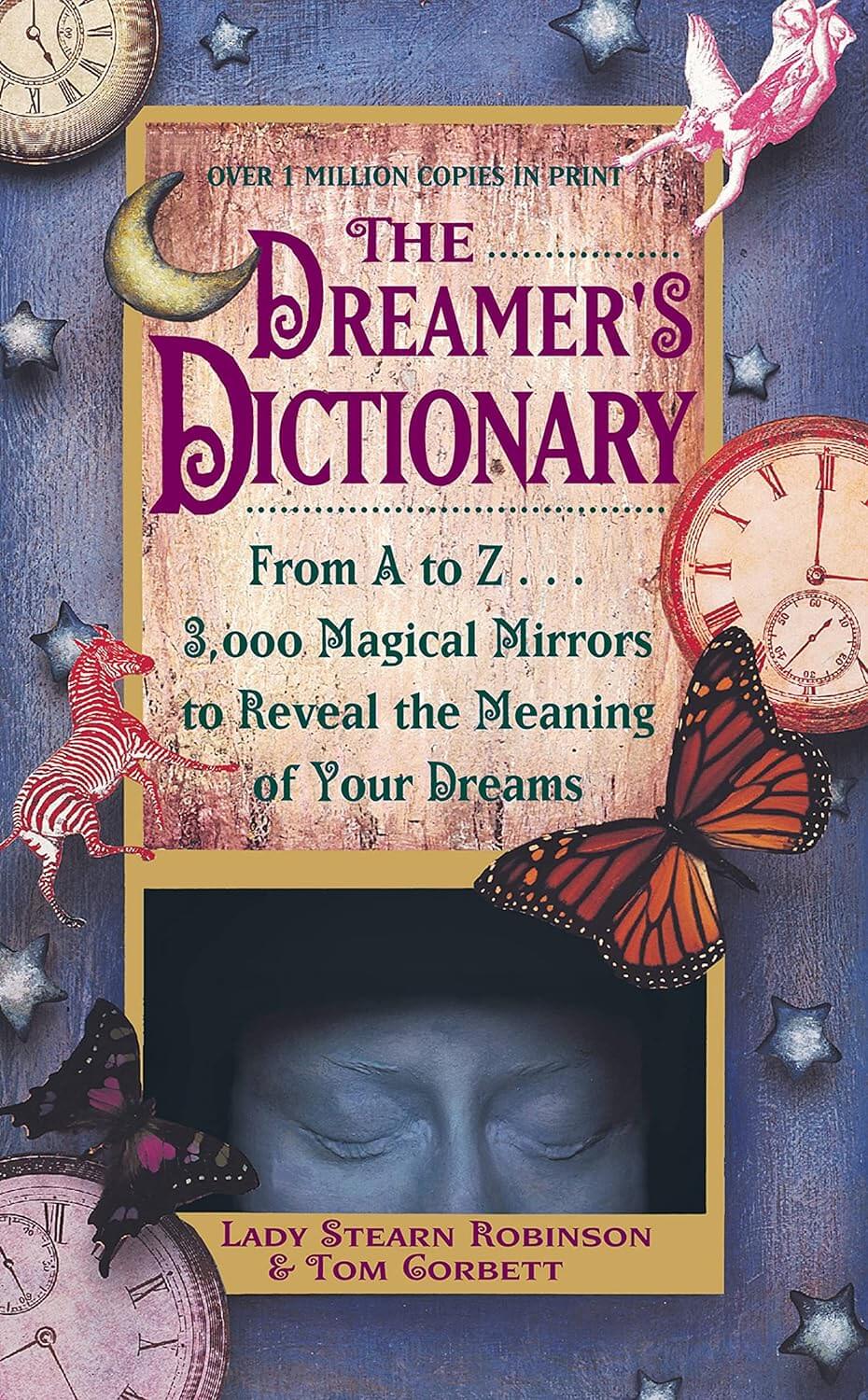
The Dreamer’s Dictionary by Stearn Robinson and Tom Corbett
Based on decades of research at the School of Metaphysics, the people who sponsor Dreamschool.org and the annual National Dream Hotline, this is the book that answers the most commonly asked questions about dreams while teaching you how to interpret your own. From lucid dreaming to precognition to enhancing dream recall, The Dreamer’s Dictionary belongs on every nightstand.
“The odd specificity of the dreams listed are good sparks for stories,” Celeste Ng told The New York Times in a By The Book interview.
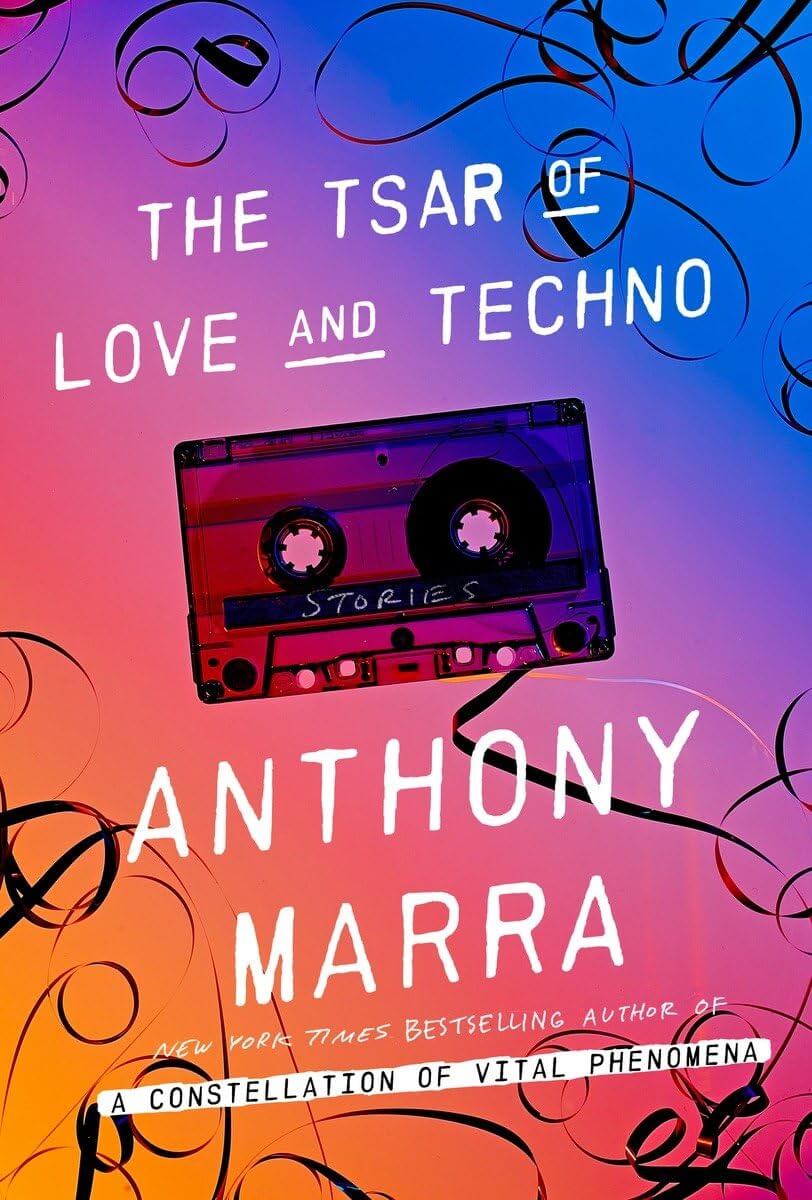
The Tsar of Love and Techno by Anthony Marra
A collection of dazzling, poignant, and lyrical interwoven stories about family, sacrifice, the legacy of war, and the redemptive power of art.
“They’re interconnected stories about the Chechen-Russian wars, but really they’re about all the ways we try to reclaim the things and people we love after they’re gone. I got a galley of it ages ago, and only read it recently, and was blown away.” – Celeste Ng
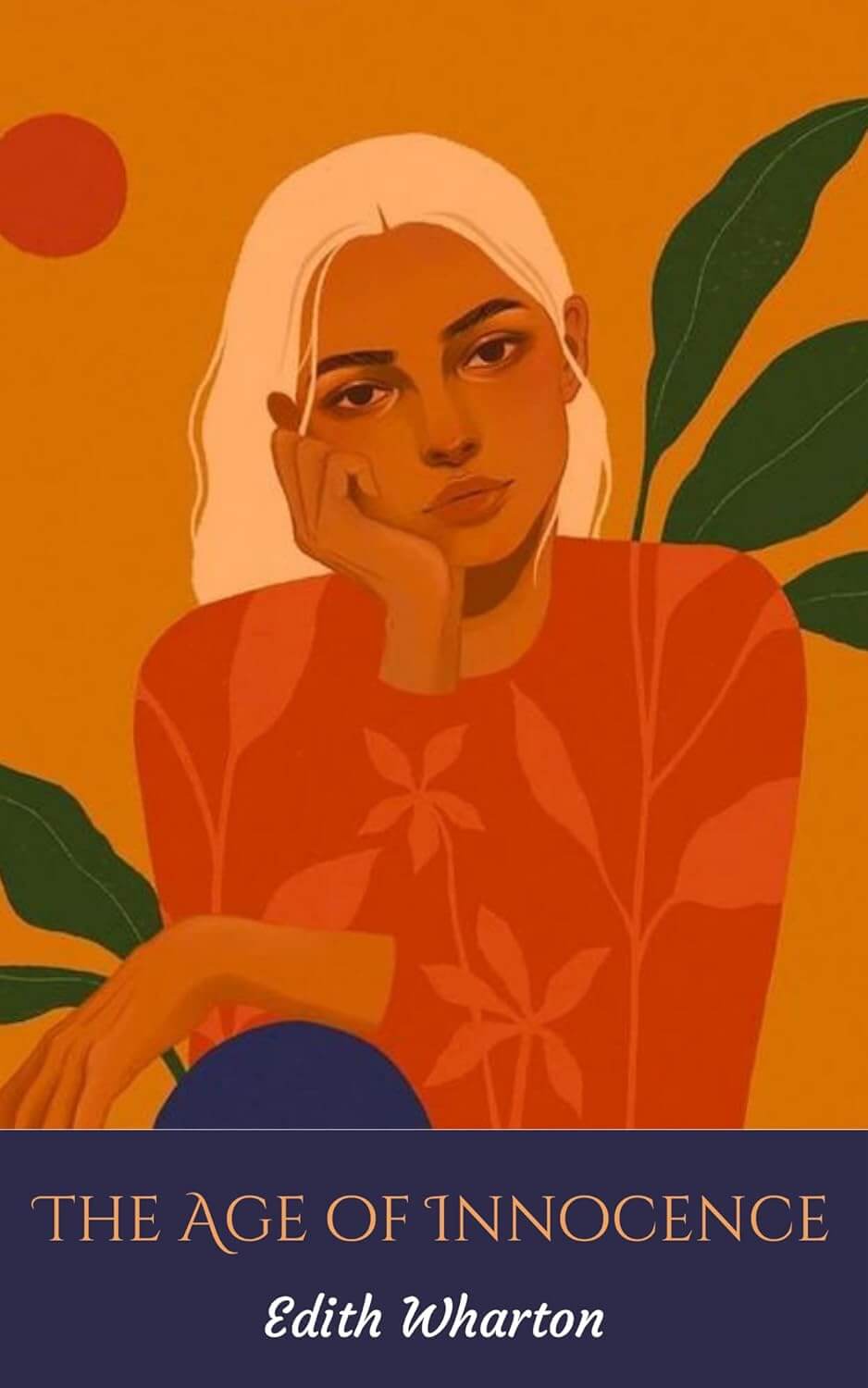
The Age of Innocence by Edith Wharton
With penetrating prose style and vivid characterization of the New York upper class, it is one of Wharton’s most memorable novels, having won the Pulitzer Prize in 1920.
“Despite being almost a hundred years old, it still speaks powerfully on the assumptions we make about each other, and our human failures to communicate our needs and desires.” – Celeste Ng
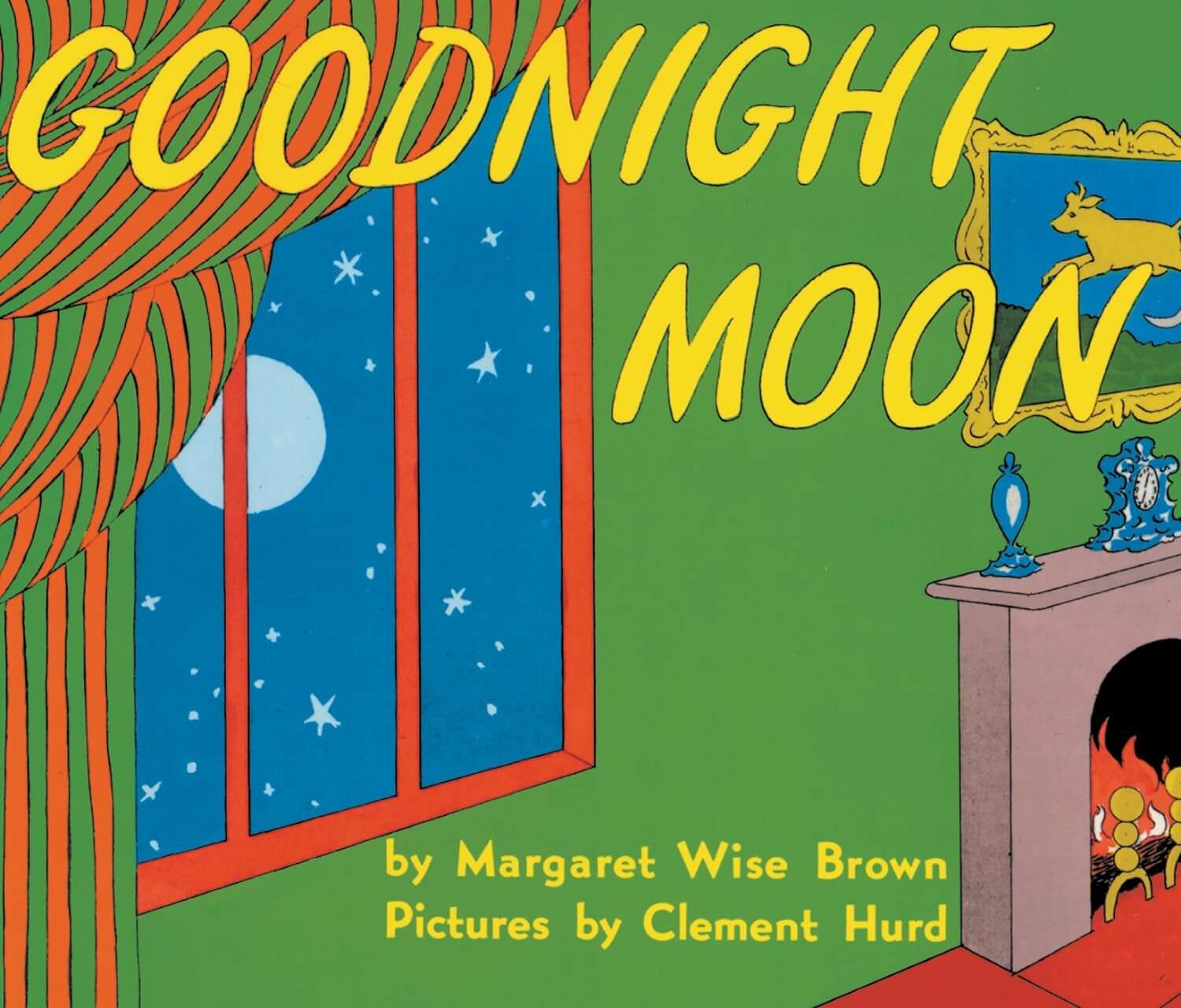
Goodnight Moon by Margaret Wise Brown
This one likely needs no explanation since you probably read it so many times as a child that you can still recite it from memory, however, here’s what Ng has to say about it:
“It presents you with a range of ambiguous details, asking you to make connections and supply cause and effect. After all, it’s not one of those baby ABC books that simply lists a bunch of isolated images. Instead, it reveals objects around the room in grouped little sequences—close-ups of the brush, the bowl of mush—before returning us to the larger room again, zooming back out so we can see each item in context. It keeps insisting on that whole, in a way, asking us to integrate the snapshots into some kind of narrative.” – Celeste Ng





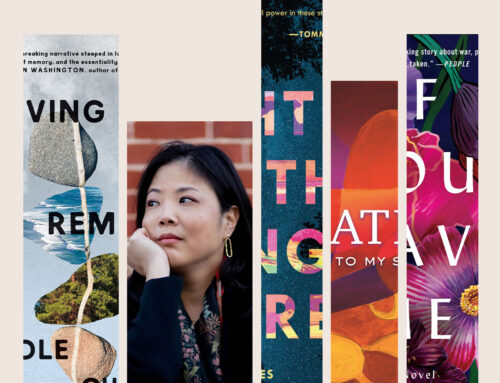
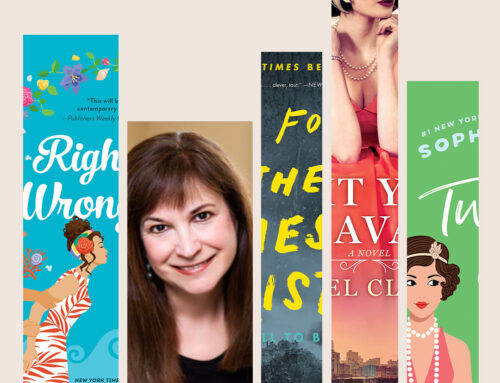
Leave A Comment